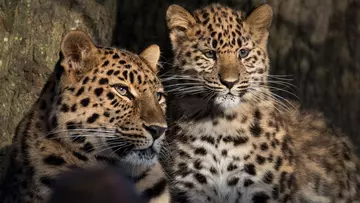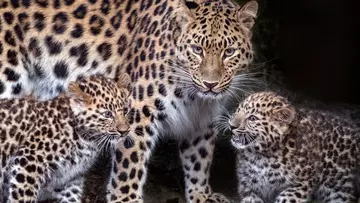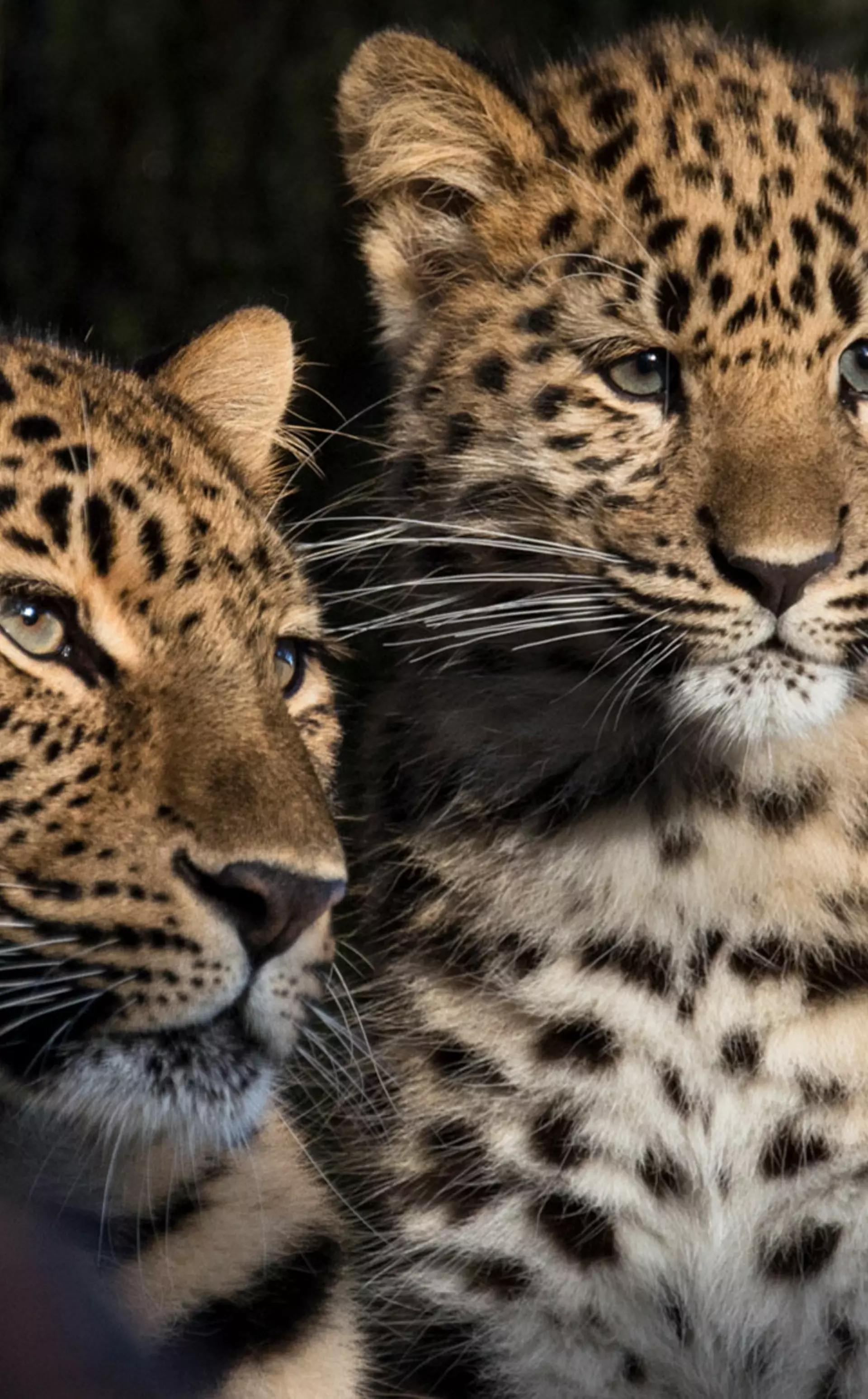
ZSL
Zoological Society of London
Study led by ZSL and UCL teams shows that Amur leopards historically roamed within the city walls of Seoul, Korea. Historic accounts could help to teach us how to better protect and live alongside threatened large carnivores in the future.
New research which looks at records of Amur leopards living in and around the city of Seoul - the capital of present-day South Korea - until the turn of the last century, shows that these big cats are adaptable to human-modified landscapes, when certain conditions are present.
In a study published today, a team of researchers led by international conservation charity ZSL (Zoological Society London) have provided evidence to show that leopards have been present in urban locations much longer – and in more diverse locations - than previously thought. From mountain villages to mega cities, small populations of leopards appear able to persist in human-dominated landscapes, as long as they are not persecuted and food and daytime hiding places are available to them.

Experts from ZSL, Seoul National University’s College of Veterinary Medicine, UCL (University College London), and the Norwegian Institute for Nature Research studied historical accounts of leopards in Seoul in the accounts of early Western travellers and residents in Seoul from the late 19th and early 20th centuries. This builds on previous work by South Korean researchers who had documented sporadic accounts of big cats in Seoul in Korean records stretching back to the 15th century.
Their new study indicates that Seoul may have presented a suitable combination of potential free-roaming prey sources, such as stray dogs, the presence of several temporarily abandoned palaces inside the historic walled city and plenty of tree cover on the outskirts of the city. Amur leopards survived in remote mountainous areas in South Korea until the 1970s, but the authors theorise that social, economic and political factors in late 19th century Korea, a period of unprecedented upheaval, could have hastened their demise in the Seoul area. Evidence of their persecution is exemplified by several early Western visitors to the country being hired to hunt down and kill big cats in the late 19th century.
Subscribe for ZSL conservation updates
Joshua Powell, lead author and PhD Student at ZSL’s Institute of Zoology and the UCL Department of Geography, said, "Historical ecology is a valuable tool to help conservation scientists fill in the gaps in our knowledge about the historic richness and distribution of threatened species. This is important because it gives us a much clearer idea of what we have lost, rather than looking at the past 10, 20 or even 50 years in isolation. The occurrence – and subsequent extirpation – of Amur leopards in South Korea is a perfect example of that."

The leopard (Panthera pardus) is one of the largest carnivores known to be capable of adapting to life in seemingly hostile urban environments, with famous contemporary occurrences of the species in Mumbai (India), Nairobi (Kenya) and Johannesburg (South Africa). Their historic presence in Seoul, where winter temperatures can drop to -20 degrees in the winter and climb well into the 30’s in the summer, demonstrates how adaptable leopards are.
Hang Lee of the College of Veterinary Medicine, Seoul National University, and founder of the Tiger and Leopard Conservation Fund in Korea (KTLCF) said: “The study shows that it is important to examine the examples of coexistence between humans and big cats around urbanized environments, both in a spatial and temporal context. On top of this study, which focuses on the late 19th century, there are records of sporadic coexistence for more than 500 years in Seoul, from the 14th-19th centuries and throughout the whole Joseon dynasty of Korea, showing that big cats and urban citizens can live in very close proximity if certain conditions are met.”
Across the world, urban environments are expanding and encroaching on wild spaces and habitats. The highest rates of expansion are predicted to be in Asia and Africa* which provide the vast majority of the leopard’s remaining range. The Amur leopards that once occurred in Seoul are listed as Critically Endangered and now known only to be present in a small area along the border between Russia and China.
Sarah Durant, Director of Science at ZSL’s Institute of Zoology concluded: “The study demonstrates that people have a long history of living alongside leopards in even the most modified habitats. Leopards are a highly adaptable species that can survive in cities, albeit in small numbers, given a degree of tolerance from the people they share their space with."
"Now, and in the past, leopards may be able to survive in cities providing they have access to sufficient prey and areas of dense vegetation where they can hide during the day. This raises questions about what constitutes habitat for large carnivores, and identifies potential for increasing connectivity across landscapes modified by humans.”
ZSL are at the forefront of developing and monitoring new approaches to help foster a co-existence between humans and wildlife. ZSL is urging world governments and policy makers to put nature at the heart of all decision making to truly tackle the global threats of climate change and biodiversity loss.
You can support ZSL's world-leading conservation work by donating to us online:
